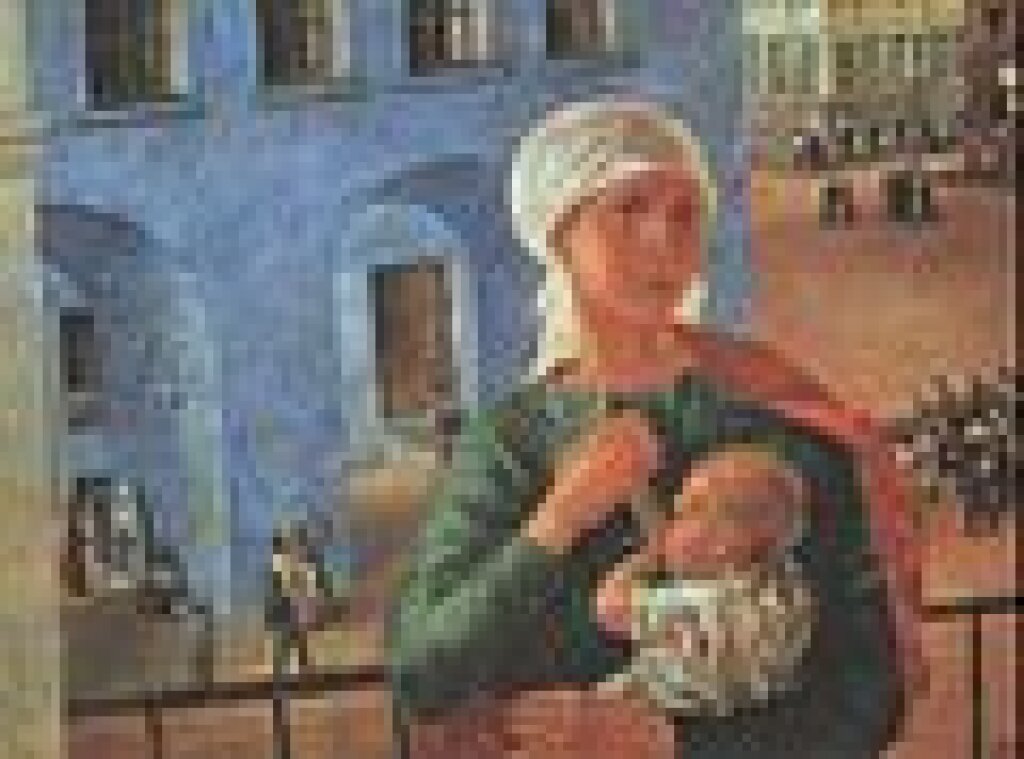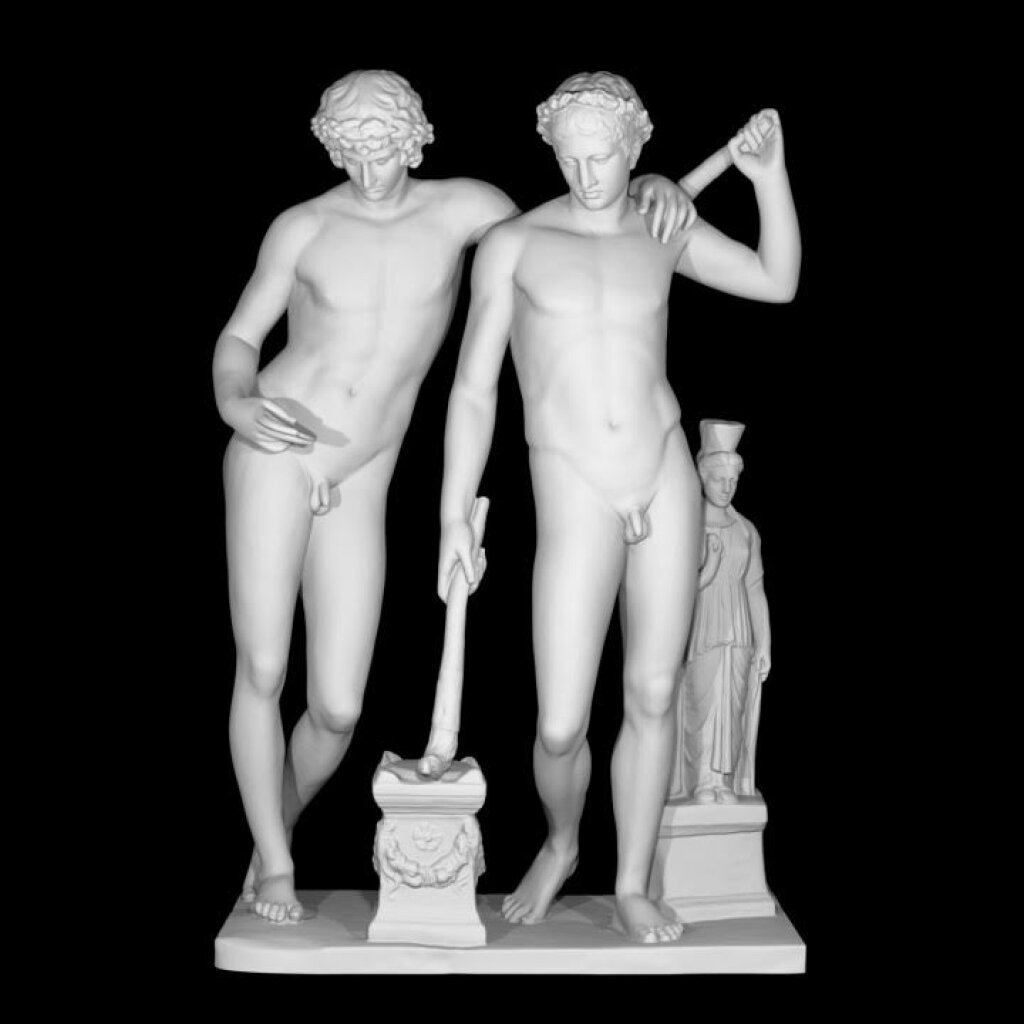Jenny Kaminer is an Assistant Professor of Russian at the University of California-Davis. I interviewed her about her new book, Women with a Thirst for Destruction: The Bad Mother in Russian Culture.
Eliot Borenstein: There has been such a strong cult of motherhood at various times throughout Russian history. Why focus on “bad mothers”? And what is a “bad mother” in the context you’re describing?
Jenny Kaminer: I became interested in this topic when I first encountered literary works—namely, Liudmila Petrushevskaia’s novella The Time: Night—that seemed to be challenging or flying in the face of precisely this deeply rooted cult of motherhood. The question that motivated my research early on was, quite simply: what does it mean to be a bad mother in the context of a culture where, as the philosopher Nikolai Berdiaev famously put it, “motherhood is the fundamental category”?
“Bad,” of course is a highly relative, historically contingent, and variable term. I try to shed light on how changing political, social, and cultural contexts shape the varying models of maternity that circulate in a given time period. One of the central tensions that I explore is between the enduring, ahistorical maternal mythology of the self-sacrificing, noble, and heroic maternal figure and the historically specific and temporal “bad” mother. And “bad,” of course, is defined differently in each of the three periods of profound societal shift that I examine: the decades of the Great Reforms; the 1920s; and the 1990s. In the 1920s, for example, I look at various texts that tout the abandoning mother—one who leaves her children behind in order to serve the greater collective good, to build the glorious new Soviet society—as a positive role model. This is obviously a profoundly different maternal ideal than what had dominated in earlier epochs.
EB: To what extent do these texts contain authorial judgements on these “bad mothers”? Is it possible to write about a bad mother without being judgmental?
JK: That really depends on the work. In the case of Anna Karenina, for example, I think Tolstoy does “judge” Anna, as evinced by how her dissatisfaction, isolation, and, eventually, her suicidal despair are accompanied by the weakening of her maternal emotions. I attribute much significance to the fact that Anna’s last recollections before she jumps on to the railroad tracks are of a pre-maternal self: she crosses herself, and this brings back a “whole series of memories of her childhood and girlhood.” I think Tolstoy is certainly suggesting that her devolution as a mother contributed to her unhappy fate.
On the other hand, if you look at a work from the 1920s, an agitational trial called Trial of a Mother Who Abandoned Her Baby, the abandoning mother is actually presented as an object of pity. The real “villain” in the work is a selfish, backward peasant woman (baba) who manipulates the young mother into, first, letting her deliver her baby, and secondly, giving up her baby to an orphanage so that she could continue exploiting her labor. The mother’s true crime, as the play presents it, was ignorance of all of the wonderful things that the Soviet government could do for her: provide her a modern and safe setting for delivering her child, pursue child support from the child’s deadbeat father. And audiences did seem to greet this mother with a great deal of sympathy: I read one gripping account of a performance where 3,000 factory workers were screaming for her acquittal.
EB: Is a bad mother ever actually a good mother? Do these books (or perhaps, the culture more broadly) leave room for the bad mother to contribute something of value?
JK: Yes, again the 1920s stand out as a period when “bad,” according to pre-revolutionary values, is actually presented as “good,” in certain works. I think that the value of the “bad” mother--the profoundly fascinating aspect of this figure for me--is how often she emerges at the intersection of multiple spheres: religious, political, economic, cultural. It seems that important paradigm shifts cannot occur in Russian society without the symbolic figure of the mother transforming into contested territory, with all warring factions declaring victory on the field of maternity as a prelude to a wider triumph.
I also think that my research on the “bad” mother provides an important complement to the existing scholarship on European motherhood discourses, which focuses primarily on France, England, and Germany. Some scholars, for example, have argued that a direct correlation exists between the level of societal esteem and maternal behavior, that mothers are more devoted to their children when motherhood is valorized by the broader culture. How can such a conclusion be drawn without considering the case of Russia, where motherhood has been the repository of so much symbolic value? The “bad” mother can contribute much to this and other, related questions, I believe.
EB: How differently do the male and female writers you look at approach the bad mother?
JK: It’s difficult to generalize; I don’t think we can delineate any clear categories based on the sex of the author. It does seem that female writers, such as Petrushevskaia, are more concerned with the psychic toil of poisonous familial relations, with dissecting the psychological composition of the monstrous maternal persona. And also with exploring how the myth of the benevolent Russian mother might be perverted and employed as a weapon in domestic warfare. Although Salytkov-Shchedrin does this as well in the nineteenth century with Arina Petrovna Golovleva – she wields maternal mythology like a cudgel! Petrushevskaia and Saltykov-Shchedrin aren’t two authors who are normally considered together, but they are united in this regard, I think.
EB: How important is Orthodoxy to this image, even in Soviet times?
JK: Maternal mythology in Russia is deeply rooted in Orthodox and pre-Christian archetypes and symbolism. This mythology—as determined first by the pagan Moist Mother Earth and, more importantly, by the image of the Mother of God (Bogoroditsa) portrayed mainly in medieval icons but also in various religious texts—stresses the tenderness, boundlessness, and mercifulness of maternal sentiment. The Orthodox liturgy and the Russian pious tradition repeatedly emphasize Mary’s maternity and fertility, rather than her virginity, as in the Western Church. The Mother of God’s role as mediator has extended into the dynamics of the Russian family, where the mother is charged with ensuring harmony.
As the “abandoning mother” model of Russian motherhood from the 1920s faded into the background during the Stalin period, the pagan roots of the archetype resurfaced. In popular songs, poems, and visual culture of the 1930s, a fertile and much more feminine body begins to replace the more androgynous female image of the earlier decade. The word rodina (motherland) also returns to prominence in the 1930s—a process that culminates during World War II with I. Toidze’s famous The Motherland Calls! Poster.
But even during the 1920s, the Orthodox roots of this imagery never completely disappeared. A perfect example of this can be found in some of the paintings of A.S. Petrov-Vodkin, such as 1918 in Petrograd (commonly referred to as The Petrograd Madonna, 1920). He set icon-inspired images of mothers against contemporary, Soviet backgrounds, infusing everyday scenes with sacred imagery. His headscarf-donning madonnas represent the successful merging of the new Soviet woman with the archetypal mother of medieval icon painting.
EB: : Of all the bad mothers you’ve analyzed, who wins the “Mother Villain” prize?
JK: What an intriguing question! So many possibilities…I guess I have to vote for Arina Petrovna Golovleva. She is so delightfully villainous and provides the novel with such darkly comedic moments, such as when she describes the “physical agonies” of land acquisition in much the same vocabulary normally employed to describe childbirth. One of her sons freezes to death as he sets out in the middle of the night toward her grave. It’s hard to beat that image for symbolism and poignancy.



